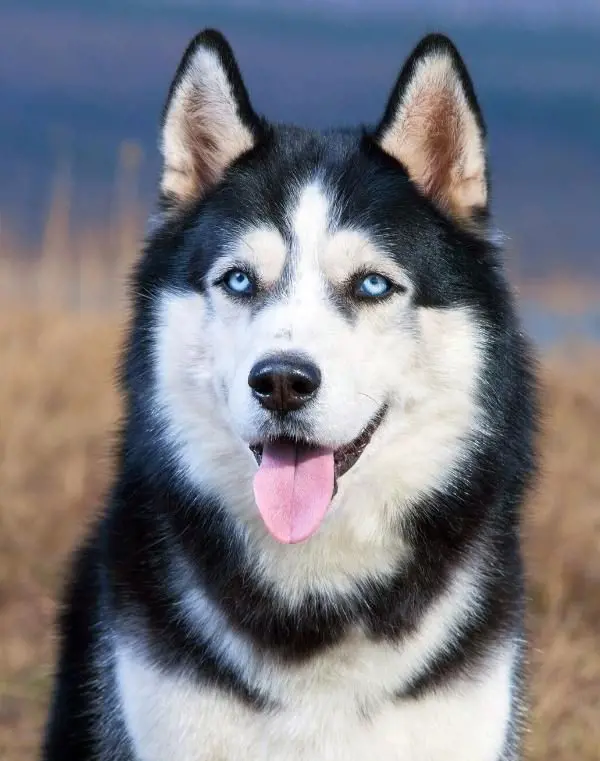1. Alaskan Klee Kai

The Alaskan Klee Kai is a dog breed commonly associated with blue eyes. These dogs are known for their vibrant blue eyes that, at one point, were compared to the eyes of the White Walkers from HBO's Game of Thrones.
While brown is this breed's most common eye color, other colors like hazel and green are also prevalent. The Alaskan Klee is a spitz-type dog breed native to the US. It is often considered the companion-sized version of the Siberian Husky and Alaskan Malamute.


























